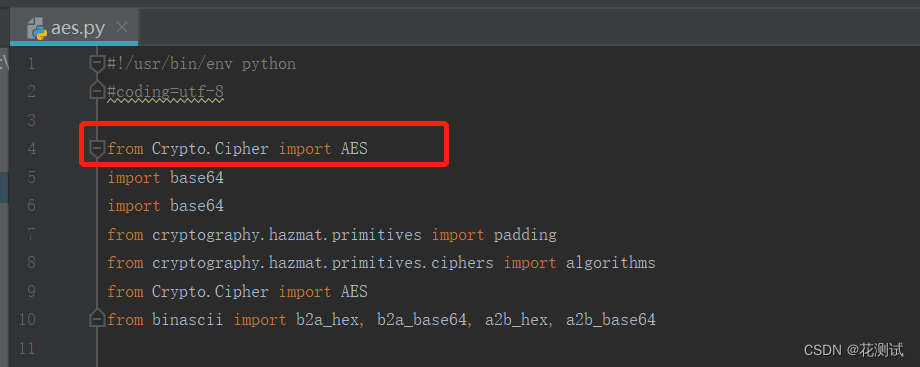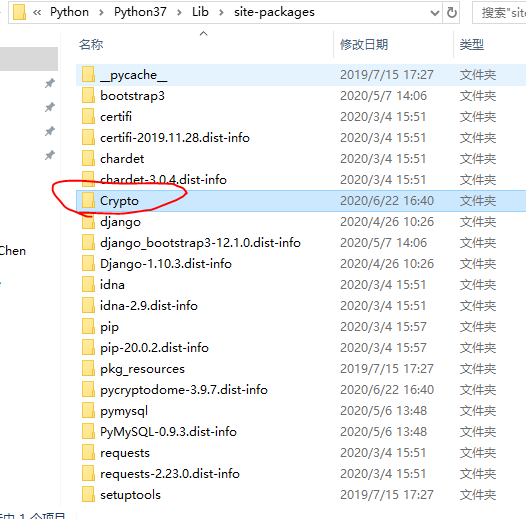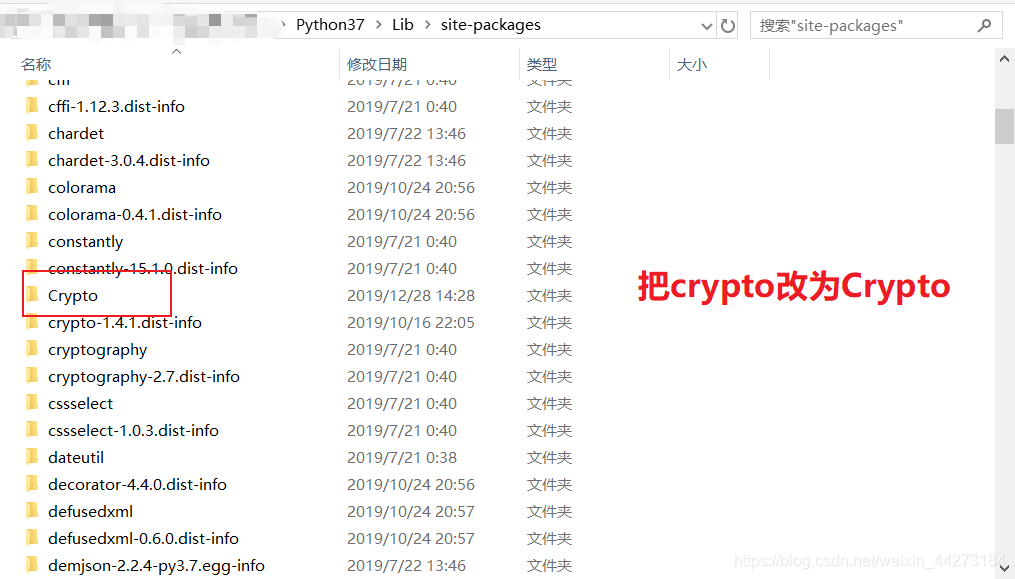If you’re diving into the world of cryptocurrency and blockchain development, you’ve likely stumbled upon python3 crypto 安装 as a crucial step in your journey. But what does that really mean? This guide aims to unravel the intricacies involved in installing Python3 specifically for crypto projects and provide practical tips to ensure your process goes smoothly. Let’s get to it!

python3 crypto 安装
Understanding the Basics of Python and Cryptocurrency
Python has become one of the go-to programming languages for the cryptocurrency community. Its flexibility, ease of learning, and vast libraries make it an excellent choice for developers. The primary libraries you’ll want to focus on include crypto, pycoin, and web3.py. But before we dive into the installation process, let’s explore why Python is so popular within this space.

python3 crypto 安装
Why Python for Crypto Development?
Python offers a robust way to manage various tasks within cryptocurrency environments. From simple wallet applications to complex blockchain analytics, it handles them with ease. The language has a syntax that resembles natural language, making it user-friendly for newcomers. Furthermore, Python boasts a plethora of libraries tailored for data analysis, machine learning, web applications, and yes, crypto!

python3 crypto 安装
Preparing for Installation: What You Need
Before you start your python3 crypto 安装, you’ll need to ensure that your system meets some basic requirements. First, let’s confirm that you have the necessary software:

python3 crypto 安装
- Operating System: Ensure you’re running a compatible OS (Windows, macOS, or Linux).
- Package Manager: You’ll need a package manager like Homebrew (for macOS) or apt (for Linux).
- System Resources: A modern CPU and at least 1 GB of RAM for optimal performance.
Step-by-Step Guide to Installing Python3
1. Using a Package Manager
The easiest way to install Python3 is to use a package manager. Below are the commands for different operating systems:

python3 crypto 安装
- macOS: Open Terminal and run:
brew install python - Ubuntu/Linux: Open Terminal and run:
sudo apt install python3 - Windows: Download the installer from the official Python website and follow the instructions.
After installation, verify by typing python3 --version in the terminal. You should see the installed version displayed.
2. Setting Up a Virtual Environment
To manage dependencies effectively, setting up a virtual environment is recommended. Here’s how:
python3 -m venv myenv
myenv\Scripts\activate # WindowsThis will create a clean slate for your projects, avoiding conflicts with other packages.
Installing Crypto Libraries
To bring crypto capabilities into your Python environment, you need to install relevant libraries. For instance:
pip install pycryptodome web3These libraries provide the necessary tools for interacting with the blockchain and performing encryption tasks.
3. Example Scenario: Building a Simple Wallet
Let’s say you’re interested in building a simple crypto wallet. With Python and your freshly installed libraries, this can be done with minimal lines of code. Here’s a straightforward script to get you started:
from Crypto.PublicKey import RSA
This script creates an RSA key pair, storing the private key in a file. Such projects help illustrate the powerful applications of Python in the blockchain realm.
Visualizing Your Process with SVG Charts
To enhance your understanding, here are two SVG charts that show the growth of Python in the crypto space:
Case Study: Real-World Implementation
Consider a company like Chainalysis, a leader in crypto forensics—Python plays a significant role in their backend analytics. By utilizing libraries such as Pandas and NumPy in conjunction with blockchain data, they can identify patterns and trends that would otherwise remain hidden. This real-world usage underlines the importance of mastering python3 crypto 安装 not just for theoretical endeavors, but practical applications.
Common Pitfalls and Troubleshooting
Even the most straightforward installations can encounter hitches. Here’s a list of common issues you might face, along with their solutions:
- Error: Command Not Found – Ensure that Python has been added to your system PATH during installation.
- Issue: Permissions Denied – Run your command prompt or terminal with administrative privileges.
- Dependency Errors – Make sure all libraries are up-to-date by running
pip install --upgrade package_name.
Final Remarks: Beyond Installation
Now that you’ve conquered python3 crypto 安装, consider exploring advanced topics like smart contracts or decentralized applications (dApps). The landscape of crypto is ever-evolving, and Python will continue to be an instrumental tool in your toolkit.
Feedback and Community Engagement
Have you tried your hand at installing Python for crypto projects? What challenges did you face? Share your experience in the comments below!
Conclusion
Installing Python3 for crypto development is more than just following steps—it’s about jumping into an exciting and rapidly changing field. With the detailed tips outlined here, you’re on the right path to becoming proficient in Python and its myriad applications in cryptocurrency. So grab your laptop, start coding, and unleash your creativity in the crypto world!


